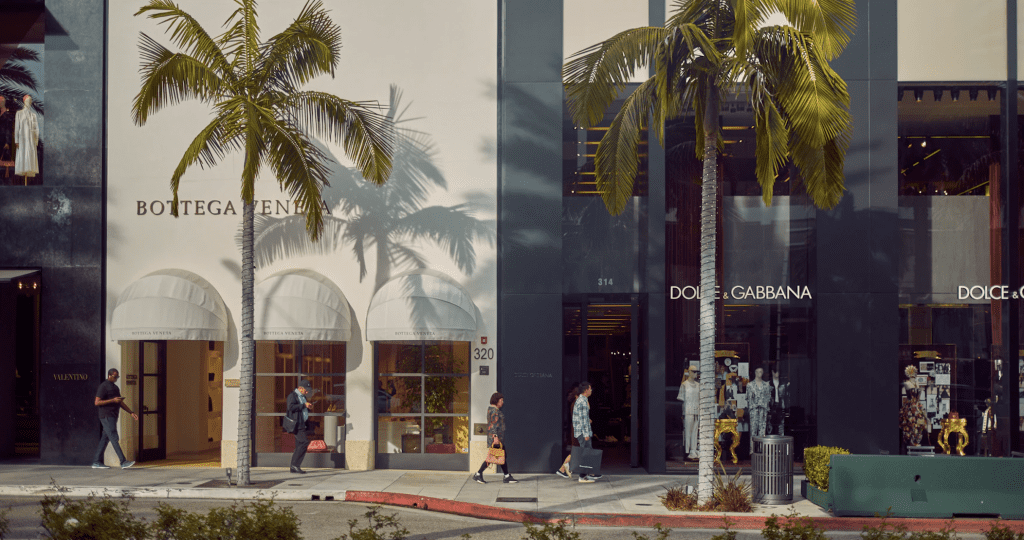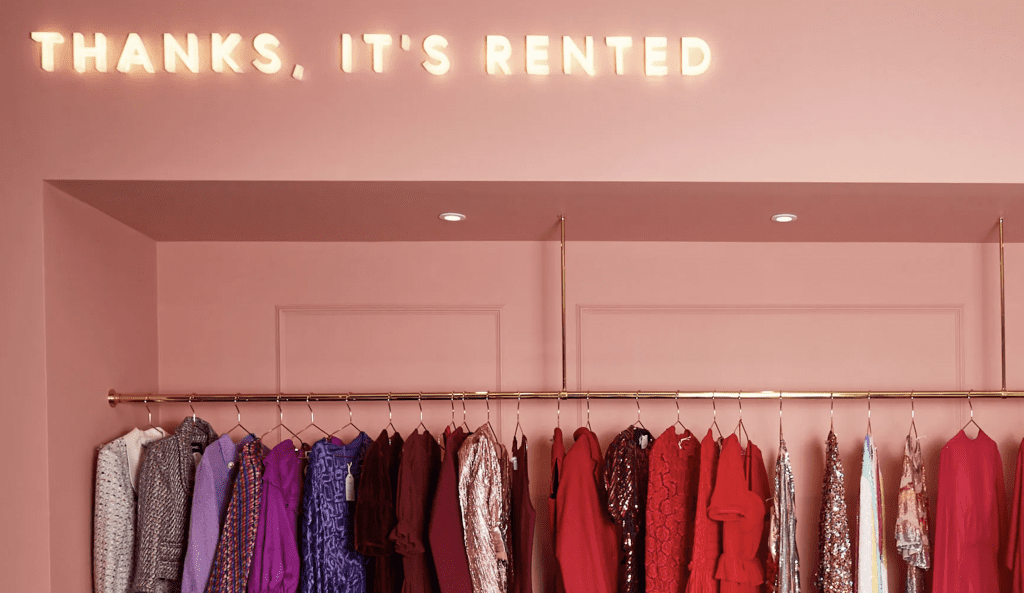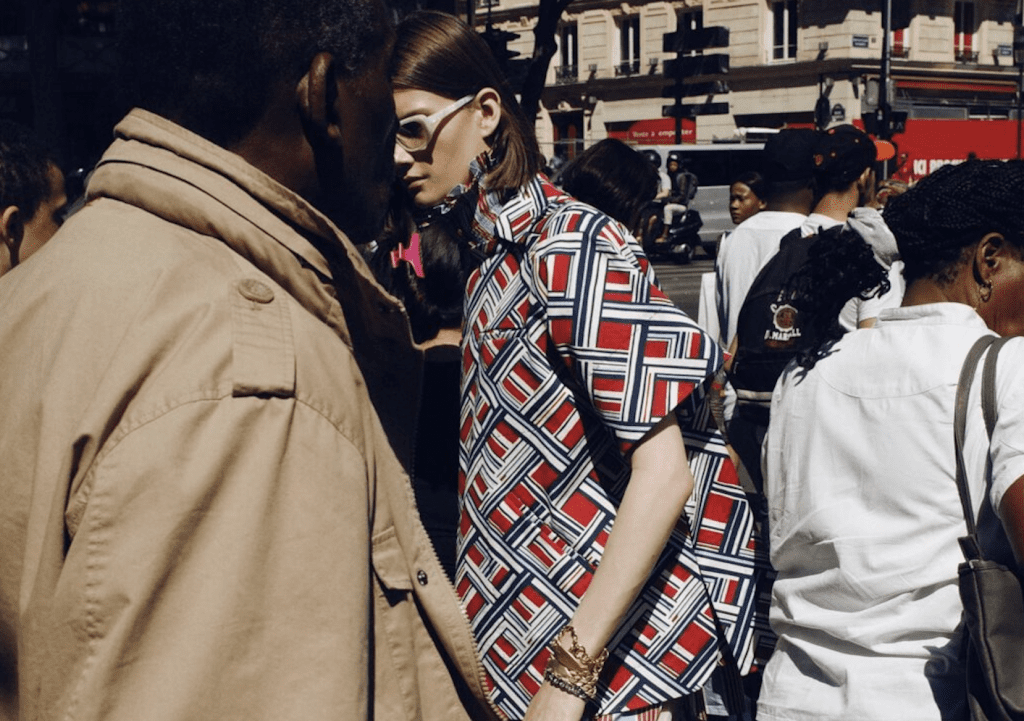As the second-half of 2022 unfolds, the U.S economy and the world economy are facing significant risks. As the Federal Reserve and other central banks around the world reverse course in monetary policy and raise interest rates, overpriced stocks and highly priced real estate may stumble a bit … or tumble more significantly like the value of cryptocurrencies has. At the same time, while the latest variant of COVID-19 may be less deadly, there are still lingering effects. Still yet, global and local supply chain shortages and other factors are fueling high inflation and may drive affordability and consumption down, leading to an overarching economic downturn that could ultimately impact luxury and premium brands that are traditionally insulated.
As if those major risks were not enough, another group of secondary risks are confronting luxury and premium businesses. China, one of the major engines of the luxury industry, is experiencing a notable economic slowdown. Some of this is based on the crackdown on digital platforms, while the country experiences a real estate slump and slowing consumption. This has been made worse by strict COVID-19 restrictions. In addition, U.S. and China relations may worsen, with negative economic consequences for major companies, such as Apple and other tech darlings, along with major U.S. and European firms. Further, democracy in the U.S. has a risk of decaying even further as the House and Senate change leadership and majorities, and extremism potentially grows on all sides, which may generate another political crisis.
There is also the threat of a major cybersecurity event that can affect daily life adversely and can be far worse than the one experienced in the U.S in 2021, which created gas shortages and short-term panic. The next cyberattack may bring the economy to a halt temporarily and create serious conflict with foreign powers that sponsor the event.
A recent analysis by McKinsey shows that only 31 percent of public firms studied are generating real economic value, while 69 percent are destroying value for their shareholders. The trend in luxury and premium categories is for a few strong winners to take the lion’s share of revenue growth and profitability, followed by a long tail of mediocre and poor performers. As competition gets more intense, the macro-economic and micro-economic challenges will only exacerbate a decline.
While brands do not control the wind or the currents, they can become even more skilled at regulating the sails and tack towards a successful journey. Here are five concrete recommendations for 2022, and beyond …
1. Bring your website to life with short video & livestream shopping
TikTok has proven that short videos are the most compelling medium online. Instagram has followed. But getting attention on TikTok and Instagram is very hard for any brand, except for the largest, most resourced players. Even large brands need to drive consumers to their own websites to make purchases, not just buy on social media platforms. Members of the Luxury Institute’s Global Luxury Expert Network recommend focusing marketing resources on bringing a static, brochure-style site to life with short videos (one for each product). Measure the short video results and then test and learn to eventually begin livestream shopping. Stores transform into livestream shopping studios for one-to-one and one-to-many online broadcasts that build deep, humanistic customer relationships and drive conversion. Then, use the best videos as online ads on publisher partner sites.
Data from Firework, the leader in short video and livestream technology, has demonstrated that one client drove average engagement from 8-seconds on social media to 17-minutes on their own website. The same brand increased conversion from 0.2percent on social media to 34percent on their own website. While results will vary by brand and quality of execution, there is no question that younger consumers have embraced video and livestreaming. Luxury Institute believes all generations will soon follow, especially the affluent, where high-value, high-emotion products lend themselves to immersive video experiences.
2. Stop wasting your marketing online budget
Many brands are wasting a great deal of their online marketing expenditures. Studies show that programmatic ad exchanges have such poor-quality data they are not able to target the right people. For example, ad exchanges reach a target consumer with the right gender and age only 24 percent of the time. In addition, of every ad dollar spent, studies show that only 25 percent of the investment reaches the consumer target. Brokers and ad exchanges eat up to 50 percent in commissions, while fraudsters steal 25 percent or more. Over two-thirds of online ads are estimated to be seen/clicked-on by bots or click-farms. Many ads are shown on sites that are toxic. Finally, studies also show that most targeted ads are wasted on people who were going to buy anyway.
What can brand marketers do? Dr. Augustine Fou, an expert on digital advertising, recommends several key best practices: Invest resources in great content first, and test rigorously for feedback. Select sites that guarantee to deliver human affluents and buy directly from local or nationally reputable publishers (New York Times, WSJ, local publishers, etc.). Test search ads on Google and limit them to Google (turn off all search partners, where fraudsters may be present). Add images to search ads where possible. Conduct A/B testing on all ads, and do not assume that someone who saw an online ad and purchased was inspired directly by the ad. Very often, ads are targeted at people who already intended to buy, or target someone who already bought multiple times, wasting a great deal of the ad budget.
3. Develop & measure the critical daily behaviors/inputs
Most brands are focused on metrics that measure outcomes such as dollar sales, client conversion rate, average units per transaction, transaction value, and client retention rate. Increasing those metrics is critical to the brand. However, to achieve those results, brands must become far more disciplined and accurate at measuring the behaviors and activities that drive those results, daily.
Input metrics are the key. Brands must measure actual behaviors such as the number of clients engaged (in a real dialogue) via walk-in traffic daily, visits due to client appointments (initiated by clients vs. associates), and appointments confirmed and completed. With respect to personalized emails, brands must gauge outreach emails/texts sent to prospective clients and follow-up, and keep track of all follow-up phone calls and texts with prospects and clients. In addition, brands must measure responsiveness behaviors such as exact response time to inbound calls and texts, and their exact outcomes, number of issues/failures per clients engaged, and the recovery rate from issues/failures.
Many brands state that they find these metrics difficult to measure and gather. Luxury Institute has found that often it is not that the metrics are difficult to gather; it is simply that managers and associates lack the discipline and the understanding of how critical these daily metrics are to understanding performance and to achieving real-time adaptability. As in sports, where innovative input metrics have revolutionized individual/team performance and winning percentages, luxury input metrics can dramatically improve sales and profits.
4. Develop an effective client retention program
At most brands, the top 5 percent of clients account for 40 percent of sales. The next 15 percent of customers deliver 30 percent of the sales, while the bottom 80 percent of customers deliver the remaining 30percent. Many brands tend to reach out to their top 5 percent of customers too often. Global Luxury Expert Network members recommend nurturing the top 5 percent, but do not burn them out. Focus on elevating the next 15 percent highest-potential segment with emotional intelligence and personalized offers. They have the purchasing power to become part of the top 5 percent.
Brands also tend to ignore the bottom 80 percent. They dismiss this important segment of infrequent buyers as low potential. Within this large segment are many high-income, high-potential buyers who can be nurtured to higher loyalty. Conduct the diligent research to understand who these customers are and communicate one-to-one with relevant offers instead of spamming them. Identify and nurture the highest potential “gems” within this segment and assign them a relationship manager.
While marketing teams tend to focus on customer acquisition, these bottom 80 percent low-volume buyers have already voted with their wallets. When nurturing all customers, make sure to take great care of their loved ones and members of their network whom they have recommended. Design and deliver emotionally intelligent, personalized offers and extraordinary experiences, not discounts or gifts. And keep in mind the database of dormant customers who have not purchased in one or two years. At one luxury brand, Luxury Institute conducted a personalized marketing campaign for a client without a discount. The brand sent an offer that matched customers’ styles and tastes from previous purchases for this dormant segment. The purchasing rate was 18 percent.
5. Create a respectful, proactive, emotionally intelligent client referral program
In most luxury and premium brands, referrals are left to chance. Referrals are viewed as something that should happen organically and be entirely up to clients to initiate. Design and deliver extraordinary client experiences that inspire clients to refer and recommend organically, but don’t neglect the fact that associates can be respectful and inspire customers to refer loved ones and members of their tribe through respectful proactive steps. Global Luxury Expert Network members strongly recommend that brands develop an in-house best practices program to actively inspire client referrals. Associates must always exercise emotional intelligence (deep empathy, trustworthiness, kindness) to inspire client referrals. Measure and reward associate improvement in client referrals, and always test whether rewarding clients for referrals is wise, or not, and different options. Some clients refuse to accept rewards for referrals while others will happily accept one. Some clients may prefer a contribution to their favorite cause. Customizing the request and the gratitude will always result in many more referrals.
The best way to predict the future is to create it. To thrive, rather than barely survive, in an economic downturn, luxury and premium brands must execute these 5-steps while keeping several principles in mind: to be a master in peer and client relationship building, brands must outlearn, outperform, and out-behave the competition. True humility is key in remaining open-minded and teachable no matter how great you think you are.
Luxury Institute, having served over 1,100 luxury and premium goods and services brands across dozens of categories over the past 19 years, has learned that the greatest challenge today is not the lack of knowledge of the best practices. The greatest challenge for brands is the inability to execute the critical elements brilliantly, in the moment, when it matters. Darwin reminds us that it is not the strongest of the species that survive, nor the most intelligent, but the ones most responsive to change. As 2022 unfolds, the brands that execute the 5-steps with adaptability and agility will thrive vigorously. The laggards will get caught in a downdraft.
Milton Pedraza is the CEO of the Luxury Institute, the Chairman of DataLucent, and is globally recognized as one of the world’s leading experts and private investors in personal data innovation.











